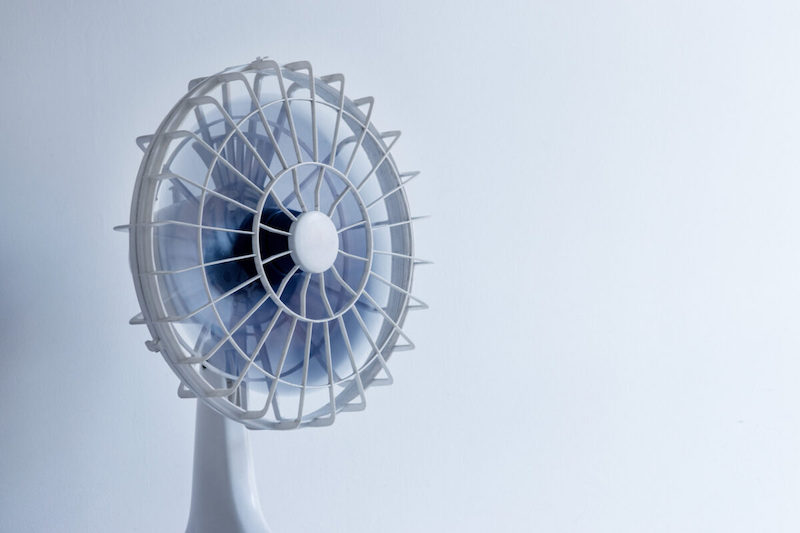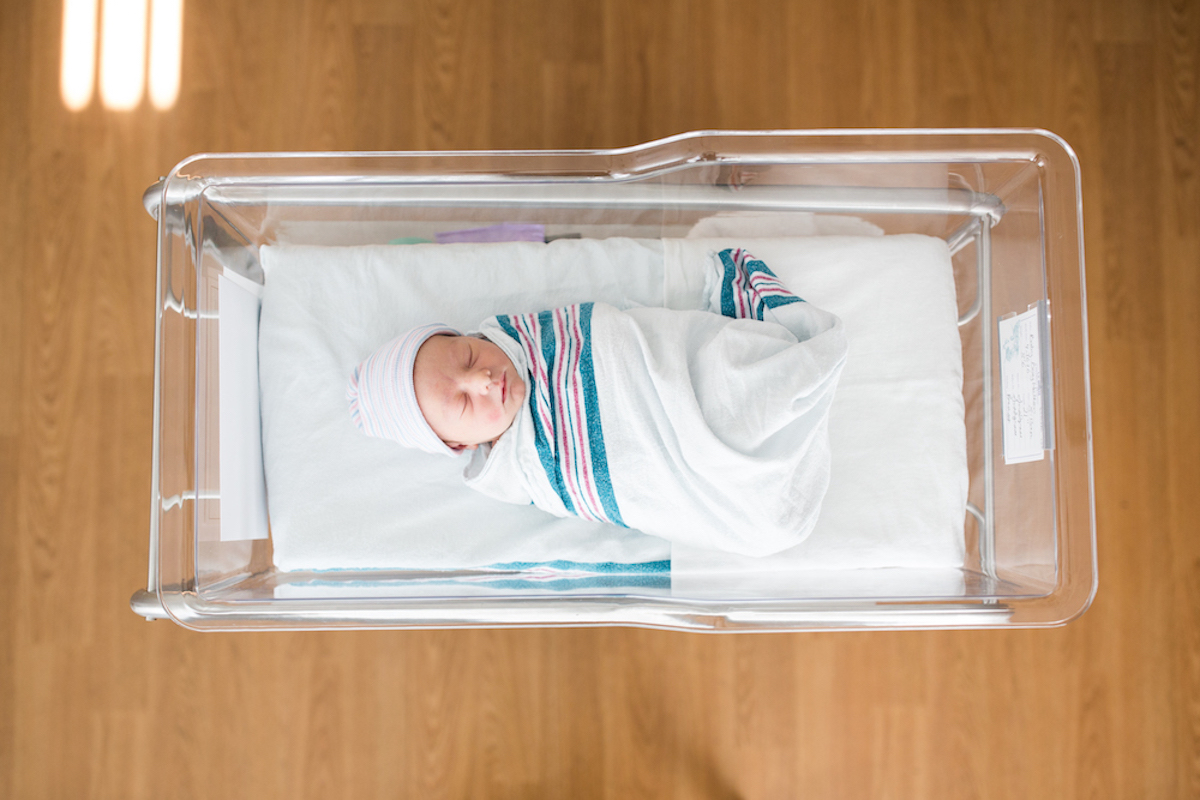It’s 89 degrees in NYC. Our 8.5-month-old’s room doesn’t have a window AC unit, so the overnight temperature is pushing 80 in there, and the internet says her room should be 68 to 72 degrees. Do I need to be worried about this? She seems fine, but I’m awake worrying about this at 3:20 in the morning, so clearly I’m not.
—Hot nights, summer in the City
“She seems fine but I’m awake worrying about this at 3:20 in the morning, so clearly I’m not” may be the best summary of parenting I have ever seen.

The first thing to note is that this very narrow temperature range (68 to 72) is not something we have specific data on. There is nothing in the data, or our understanding of biology, that would suggest that moving from 68 to 67 degrees, or 72 to 73, would make any difference to anything.
The possible concern with high heat with babies is an elevated risk of SIDS. Most relevant for your question is data on the impact of hot-temperature days on SIDS risk. One large study in the U.S. found a slightly elevated risk of SIDS on days with elevated temperatures, although overall this data is mixed, with other studies not finding a similar result. These effects are also larger in the period before the campaign to encourage back sleeping, which has lowered SIDS rates dramatically.
I would not stay up worrying about this. I will say that most people sleep better when it is slightly cooler, so you might consider a window fan as you get into the hotter parts of the summer.
Community Guidelines
















Log in
Food for thought: I wonder how many homes worldwide actually have air conditioning.